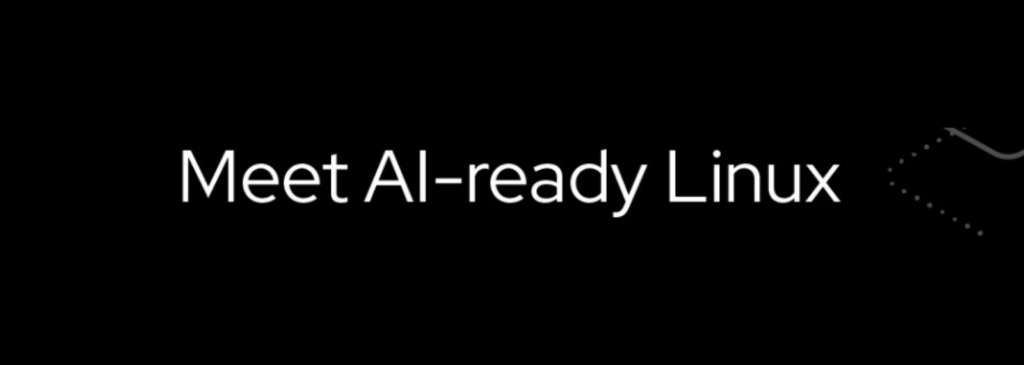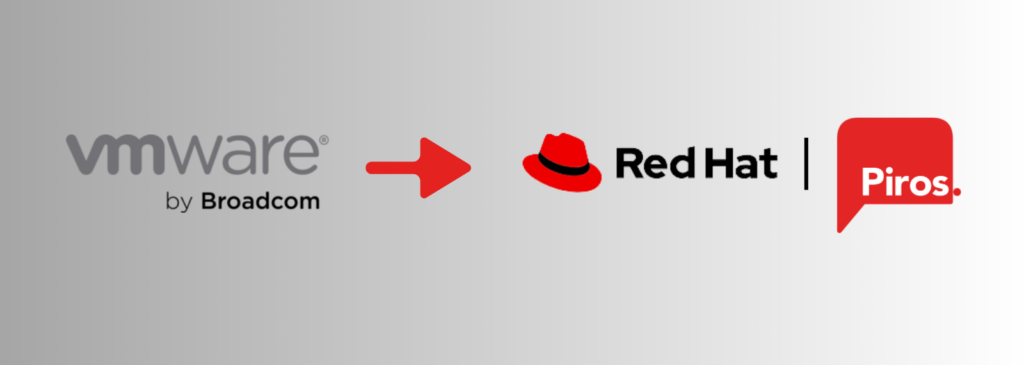When it comes to deepening customer relationships, the old and familiar concepts and tools are far from obsolete. However, sometimes you must know how to put the right spin on them.
Take the traditional roundtable discussion for example. If you select the theme carefully, limit the number of participants, and keep the setting sufficiently intimate so that everyone can fully participate, you can achieve a genuinely inspiring brainstorming session.
Angelo Jacobs, Business Development Manager at Piros, came to this conclusion after running a successful roundtable discussion on Virtualization at the end of June. “There will undoubtedly be more such initiatives,” he says. “On the same theme, but also on other or related themes such as security and automation.”
Who cares about VMware?
We certainly didn’t choose the virtualization at random. As a result of the acquisition of VMware by Broadcom, the pricing model of the virtualization specialist has changed, and not always to the benefit of its customers, which has led many of them to look for alternatives.
However, in practice, there are often barriers that prevent companies from leaving VMware. “One of the participants had entered a long-term and ongoing contract for his VMware licenses. Another guest didn’t have a large installed base of VMware, so there wasn’t a major problem.”
Shift to OpenShift
The conversation provided the ideal opportunity to fully explore the strategic potential of the Red Hat OpenShift platform. “For example, we had previously looked at what the use of OpenShift was already yielding for customers within their existing ICT environment, and how we could optimize that even further. Or, if a participant wasn’t yet using OpenShift, what could the solution mean for their IT environment? In the background, there was always the thought that virtualization was one of the possible applications.”
At the same time, we advise looking at OpenShift in the broadest possible sense, without a strict focus on virtualization. We see OpenShift as more than just an alternative to the VMware debacle. As a result, various use cases were discussed during the roundtable. For example, one guest saw the potential of OpenShift as a solution for containerization. “We’re currently setting up a proof of concept for him,” says Angelo Jacobs. “In a next step, we might also look at which VMware workloads can run on OpenShift.”
Sharing knowledge and experience
One guest mainly wanted to discover which workloads or applications they could transfer from VMware to OpenShift. “They’re running a lot of virtual machines, but at the same time they have an installed base of OpenShift,” says Jacobs. “Like all the other participants, they wanted to hear what was happening at other organizations.”
We had previously implemented containerization technology at another guest. They were curious about which workloads, in addition to VMware or other virtualization applications, they could bring to OpenShift.
Other guests were particularly interested in the security options on the OpenShift platform. “We specifically discussed Red Hat ACS — Advanced Cluster Security for Kubernetes — for securing containers.”
“Every participant at our roundtable ultimately turned out to be taking their approach,” concludes Jacobs. “And that’s what made the roundtable so interesting, not only for the participants, who could learn from each other’s experience but also for us. After all, it’s only by staying close to our customers and listening to them that we can successfully stay on the same page as them. Everything starts with listening to the customer.”
Want to know more about what OpenShift Virtualization can do for your organization? Contact us for a no-obligation appointment.
Are you eager to know more about our services? Discover them here.


